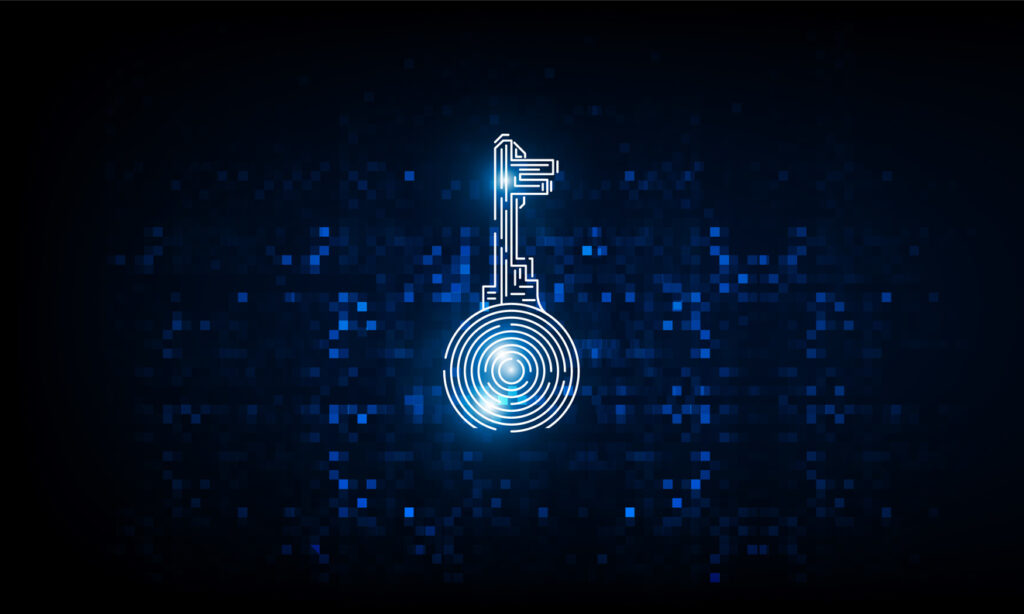Xiphera, Ltd, Finnish company designing and implementing hardware-based cryptographic security on digital logic, published a white paper together with QuickLogic Corporation, a developer of embedded FPGA (eFPGA) IP, ruggedized FPGAs and Endpoint AI/ML solutions. The white paper addresses the imminent quantum threat and how to fight it best by implementing Post-Quantum Cryptography (PQC) on eFPGA.
The U.S. National Institute of Standards and Technology (NIST) is in the progress of standardising PQC algorithms for a quantum-secure tomorrow. Xiphera’s xQlave® family consists of post-quantum cryptographic IP cores that follow and comply with the NIST primary PQC algorithms and upcoming PQC standards.
An eFPGA is an Intellectual Property core of reprogrammable logic that is integrated into an ASIC circuit. This enables cost-effective adaptability and crypto agility in implementing emerging and evolving security standards in the reprogrammable fabric, while hardening established standards, such as traditional elliptic curve cryptography or symmetric encryption, into the hardware fabric.
Fighting the quantum threat with PQC on eFPGA
The joint white paper from Xiphera and QuickLogic, titled “Implementing Post-Quantum Cryptography on eFPGA Architectures”, scrutinizes the implementation of Xiphera’s xQlave® key encapsulation mechanism IP core ML-KEM on QuickLogic’s eFPGA architecture. Implementing post-quantum cryptographic IP cores, including key encapsulation mechanism, greatly benefits from eFPGAs. eFPGAs offer high performance, and their crypto agility enable the implementation of the PQC algorithms, or a hybrid scheme with both classical and post-quantum cryptography, for already existing applications.
The white paper is now available for free download. Read more and download the white paper here.
QuickLogic is part of Xiphera’s Technology partner network. Visit our partner page.




